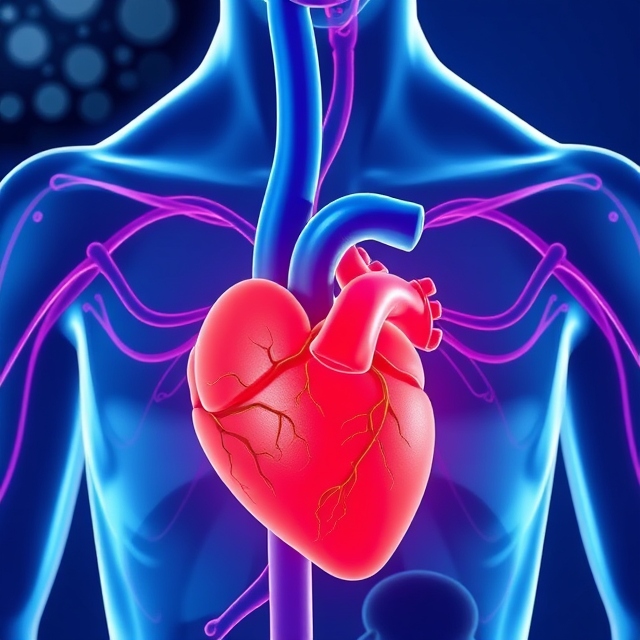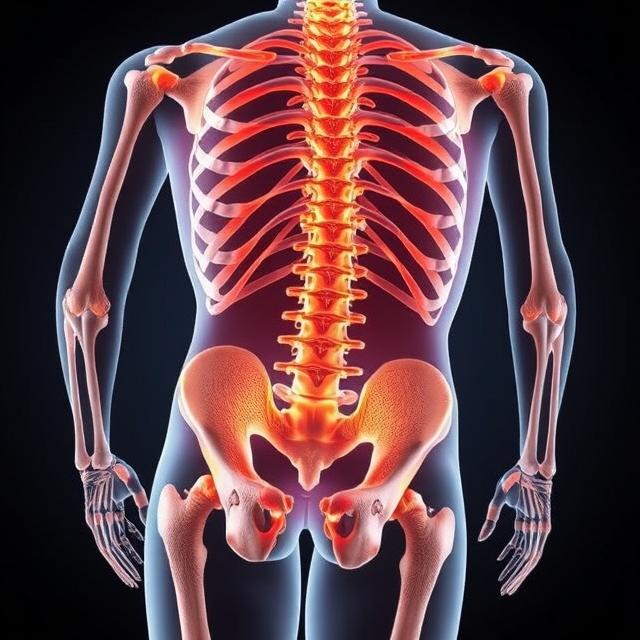Running is one of the most popular and accessible physical activities worldwide. From busy city streets to peaceful countryside paths, millions of people lace up their sneakers daily to stay fit. For many, weight loss is a primary fitness goal, driven by the desire for better health, improved self-esteem, or aesthetic reasons.
This article explores the connection between running and weight loss, addressing the central question: Does running help you lose weight faster?
I. The Mechanisms of Weight Loss While Running

1. Calorie Burn
How many calories does running burn? Running is one of the most effective activities for calorie expenditure. For example, a person weighing 60 kg burns approximately 300 calories running at 8 km/h for 30 minutes. Heavier individuals burn more calories due to the greater energy required to move their body mass.
Factors affecting calorie burn:
- Intensity and speed: Running faster or incorporating intervals increases calorie expenditure.
- Duration: Longer runs naturally burn more calories.
- Body weight: Heavier individuals expend more energy.
- Terrain: Uphill running burns more calories than running on flat ground.
2. Fat Burning
Running triggers the body to utilize stored fat as an energy source, especially during moderate, steady-paced runs. This process, known as lipolysis, is regulated by hormones such as adrenaline and norepinephrine. Prolonged running sessions often shift the body’s energy reliance from carbohydrates to fats.
Scientific Insight: A study published in The Journal of Applied Physiology found that running at 65-70% of maximum heart rate optimizes fat oxidation compared to higher intensities that primarily use glycogen stores.
3. Metabolic Boost
Running not only burns calories during the activity but also elevates the metabolic rate afterward, a phenomenon known as excess post-exercise oxygen consumption (EPOC). This metabolic boost can persist for hours, increasing overall calorie expenditure.
Impact of regular training: Consistent running enhances basal metabolic rate (BMR) by building lean muscle mass and improving mitochondrial efficiency.
II. Factors Influencing Weight Loss Effectiveness

Weight loss effectiveness is influenced by a multitude of factors that can vary significantly from person to person. Here are some key elements:
- Metabolism: Individual metabolic rates can significantly affect how quickly one loses weight. Genetic factors, age, and muscle mass play roles in determining metabolism.
- Diet Composition: The quality of the diet is crucial. A balanced intake of macronutrients—carbohydrates, proteins, and fats—along with vitamins and minerals can enhance weight loss. Caloric deficit, or consuming fewer calories than expended, is fundamental to weight loss.
- Physical Activity: Regular exercise not only burns calories but also builds muscle, which can increase metabolic rate. The type, intensity, and frequency of physical activity contribute to weight loss success.
- Behavioral Factors: Mindset, motivation, and adherence to a weight loss plan are vital. Behavioral strategies, such as goal setting and monitoring food intake, can help maintain focus and discipline.
- Sleep Quality: Lack of sleep can disrupt hormones that regulate appetite and metabolism, potentially leading to weight gain or difficulty losing weight.
- Stress Levels: Chronic stress often results in emotional eating or cravings for unhealthy foods, impeding weight loss efforts.
- Medical Conditions and Medications: Conditions like hypothyroidism or polycystic ovary syndrome (PCOS) and certain medications can hinder weight loss by affecting metabolism or appetite.
- Support Systems: Social support from family, friends, or weight loss groups can encourage healthier behaviors and provide accountability.
1. Diet and Nutrition
Diet plays a crucial role in weight loss. No amount of running can compensate for an excessive calorie surplus. A balanced diet rich in protein, whole grains, vegetables, and healthy fats supports weight loss while fueling running performance.
Key Tip: For sustainable weight loss, aim for a caloric deficit of 500-750 calories per day, combining exercise and dietary adjustments.
2. Running Intensity and Duration
- Steady-paced runs: Ideal for endurance and fat-burning. Running at 60-70% of your maximum heart rate promotes sustained fat oxidation.
- Interval training: Alternating high-intensity sprints with recovery periods maximizes calorie burn in a shorter time.
Scientific Example: A 2020 study in Medicine & Science in Sports & Exercise found that high-intensity interval training (HIIT) burns more calories per minute than steady-state cardio but may not be sustainable for beginners.
3. Terrain and Surface
- Flat surfaces: Consistent effort, suitable for beginners.
- Inclined surfaces (hills): Increases calorie burn and strengthens muscles.
- Treadmills: Controlled environment, but outdoor running engages more stabilizing muscles.
4. Genetics
Genetic predispositions affect how individuals respond to exercise. Some people may lose weight faster due to genetic variations influencing metabolism, fat distribution, and muscle composition.
III. Additional Benefits of Running Beyond Weight Loss

Running offers a multitude of benefits that extend far beyond weight loss. One of the most significant advantages is its positive impact on mental health. The rhythmic nature of running releases endorphins, often referred to as “feel-good” hormones, which can alleviate symptoms of anxiety and depression. This natural mood booster fosters a sense of well-being and can lead to improved self-esteem.
Moreover, running enhances cardiovascular health by strengthening the heart and improving circulation, reducing the risk of heart disease, hypertension, and stroke. It also promotes better lung capacity, enabling more efficient oxygen delivery throughout the body.
Socially, running can build community and camaraderie. Whether joining a local running club or participating in races, it fosters connections with others who share similar interests, providing support and motivation.
Additionally, running encourages resilience and discipline. Setting and achieving personal goals—whether it’s increasing distance or improving pace—instills a sense of accomplishment and can translate to other areas of life.
Finally, running serves as a meditative practice, allowing for introspection and mindfulness. The repetitive motion and focus on breath can lead to profound mental clarity and stress relief.
1. Cardiovascular Health
Running strengthens the heart, lowers blood pressure, and improves circulation, reducing the risk of heart disease.

Cardiovascular health is a crucial aspect of overall well-being, encompassing the efficiency and functionality of the heart and blood vessels. Maintaining a healthy cardiovascular system is essential for preventing heart disease, hypertension, and stroke, which are leading causes of morbidity and mortality worldwide. Key components of cardiovascular health include regular physical activity, a balanced diet rich in fruits, vegetables, and whole grains, maintaining a healthy weight, and avoiding smoking and excessive alcohol consumption. Additionally, managing stress and ensuring adequate sleep play significant roles in supporting heart health. Regular check-ups and monitoring blood pressure and cholesterol levels are vital for early detection and intervention. By prioritizing cardiovascular health, individuals can enhance their quality of life and longevity.
2. Bone Density

The impact of running stimulates bone growth and prevents conditions like osteoporosis. Bone density refers to the amount of bone mineral content within a given volume of bone, typically measured as grams per cubic centimeter (g/cm³). It serves as a crucial indicator of bone strength and health, with higher densities often associated with a lower risk of fractures and osteoporosis. Factors influencing bone density include age, gender, genetics, hormonal levels, physical activity, and nutritional intake, particularly calcium and vitamin D. Regular weight-bearing exercise and a balanced diet are essential for maintaining optimal bone density. Deterioration of bone density can lead to increased susceptibility to skeletal disorders, making early detection through screenings important for preventive healthcare.
3. Mental Health

Mental health is a crucial component of overall well-being, encompassing emotional, psychological, and social factors that influence how individuals think, feel, and behave. It affects how we handle stress, relate to others, and make choices. Maintaining good mental health involves cultivating resilience, managing stress, and fostering positive relationships. It is essential to recognize the signs of mental health issues, such as anxiety or depression, and to seek help when needed. Destigmatizing mental health care and promoting open conversations can encourage individuals to prioritize their mental wellness. By taking proactive steps—such as practicing self-care, engaging in therapy, and connecting with supportive communities—we can foster a healthier society, where mental well-being is valued as much as physical health.
4. Sleep Improvement
Improving sleep quality is essential for overall well-being and can significantly enhance daily performance. Here are some effective strategies to foster better sleep:
Consistent Schedule: Go to bed and wake up at the same time every day, even on weekends. This helps regulate your body’s internal clock.
Optimal Sleep Environment: Create a comfortable sleep space by keeping the room dark, quiet, and cool. Invest in a quality mattress and pillows that support your preferred sleep position.
Limit Screen Time: Reduce exposure to screens at least an hour before bedtime. The blue light emitted by devices can interfere with melatonin production, disrupting sleep.
Wind Down Routine: Engage in calming activities before bed, such as reading, meditation, or gentle stretching. This helps signal to your body that it’s time to relax and prepare for sleep.
Mind Your Diet: Avoid large meals, caffeine, and alcohol close to bedtime. Instead, opt for light snacks if you’re hungry, as these can help prevent discomfort during sleep.
Physical Activity: Regular exercise can promote better sleep, but try to avoid vigorous workouts shortly before bedtime, as they may energize you instead of helping you wind down.
IV. Tips for Effective Weight Loss Through Running

1. Warm-Up and Cool-Down
Preparing your body for a running session is essential for preventing injuries and enhancing performance. Start each run with a thorough warm-up that includes dynamic stretches and light jogging for about 5-10 minutes. This increases blood flow to your muscles and primes them for exercise. Similarly, take the time to cool down after your run by walking for a few minutes and incorporating static stretches. This helps your body gradually return to its resting state and can aid in recovery by reducing muscle soreness.
2. Choose Proper Running Shoes
Selecting the right pair of running shoes is crucial for both comfort and performance. Visit a specialized running store to find shoes that suit your foot type and running style. The right shoes provide adequate support, cushioning, and stability, which can prevent injuries such as blisters, shin splints, or knee pain. Remember that running shoes typically have a lifespan of 300 to 500 miles, so keep track of their usage and replace them when necessary.
3. Hydrate Adequately
Staying properly hydrated is vital for your overall health and running performance. Dehydration can lead to fatigue, decreased coordination, and an increased risk of injury. Ensure that you drink plenty of water before, during, and after your runs. For longer runs, consider consuming electrolyte drinks to replenish essential minerals lost through sweat. Establish a hydration routine that suits your personal needs and the intensity of your workouts.
4. Listen to Your Body
Paying attention to the signals your body sends you is a key component of a successful running regimen. If you feel pain, excessive fatigue, or discomfort, it may be an indicator that you need to take a break or modify your training plan. Ignoring these signs can lead to serious injuries that could set you back in your weight loss journey. Remember, it’s essential to differentiate between normal fatigue and pain that suggests a potential injury. Always prioritize recovery and make adjustments as necessary to maintain your physical health.
Final Thought: Running offers numerous physical and mental health benefits. Whether for weight loss, fitness, or stress relief, it remains one of the simplest yet most effective exercises for overall well-being.
V. References
- Achten, J., & Jeukendrup, A. E. (2004). “Optimizing Fat Oxidation Through Exercise and Diet.” Journal of Sports Sciences.
- Tremblay, A., Simoneau, J. A., & Bouchard, C. (1994). “Impact of Exercise Intensity on Body Fatness and Skeletal Muscle Metabolism.” Metabolism.
- Harvard Health Publishing. (2020). “Calories Burned in 30 Minutes for People of Three Different Weights.”
- Medicine & Science in Sports & Exercise. (2020). “High-Intensity Interval Training Versus Steady-State Cardio for Weight Loss.



